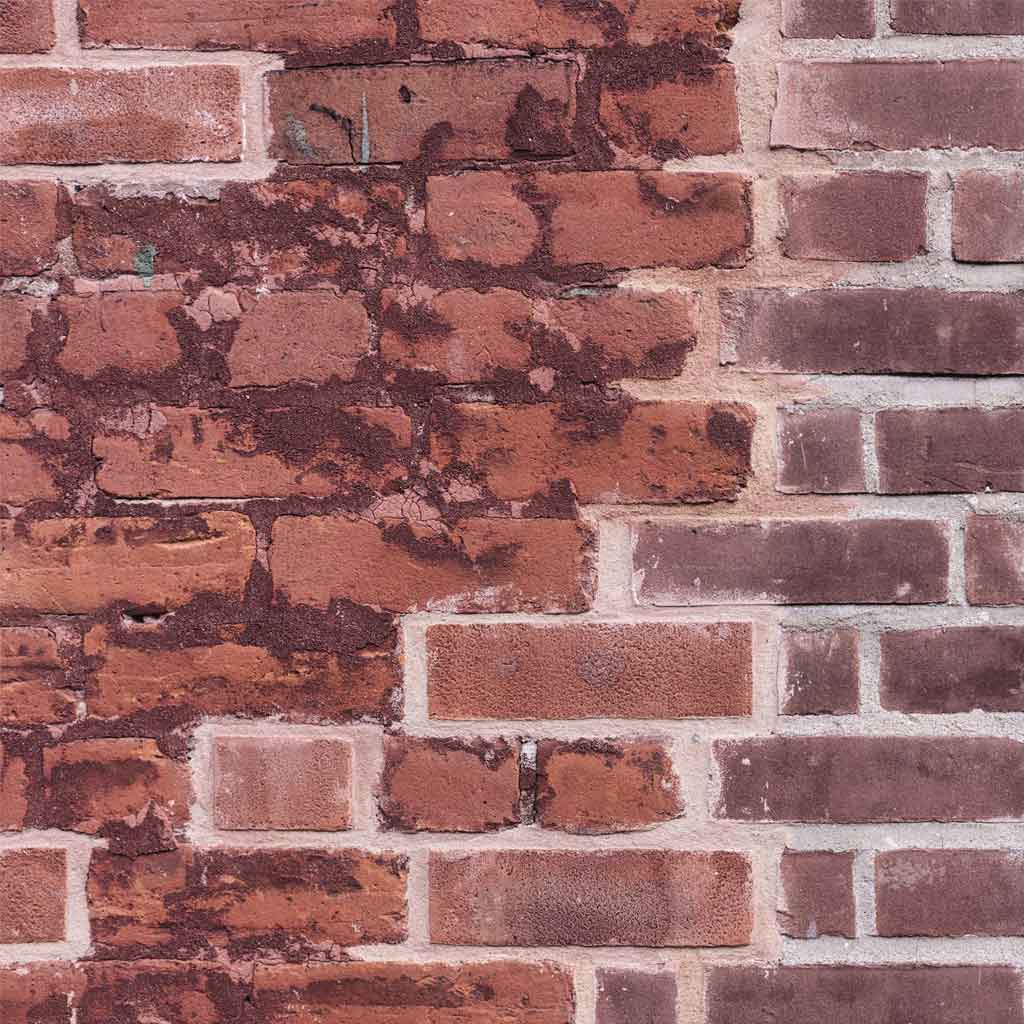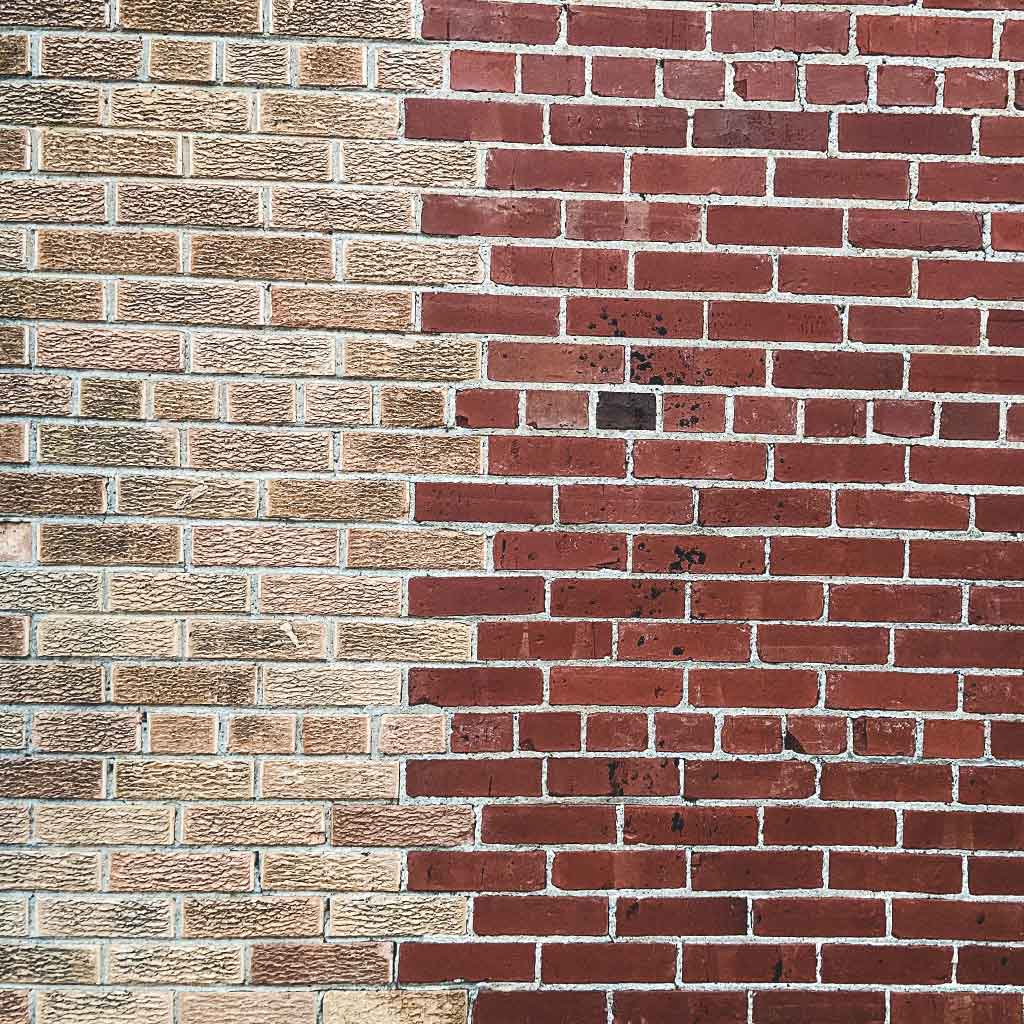Every brick is held by two bricks from beneath which are in turn held by three bricks from below, etc. Every brick depends on another brick for holding and supporting it so that not too much strain is exerted on one only. Brick Facades are a completely different story where the bricks just clad buildings with existing structural integrity, giving them magnificent shapes. Here is our selection of some mesmerizing examples of Prastara’s Brick Facades.
Our Projections are designed depending on the brick type and exposure, and taking into consideration mortar fillets, frogs and perforations. Showcasing a range of projection degrees, the following collection includes brickwork that’s rotated, stacked, extruded and recessed. Adding texture and relief to each façade, the bricks are joined together using snap headers, stretchers and diverse ties. They play with light and shadow to transform exterior surfaces into dynamic façades that stand out and make a statement.
Normal Look with Joints
The finishing treatments found on the mortar joints of historic brickwork reflect skills and traditions developed over many centuries. Joints can account for 15 to 30 per cent of the facade so when skilfully executed they make an important contribution to the overall aesthetics of the finished brickwork.
Glued Look with Joint Brick Facades
The strength of the glued joint exceeds that of the brick. This is due in part to the high cement content. This means that there are more potential applications which continuous vertical joints, for example, when laying in tile bond; n larger apertures without support, walls with open head joints, prefabricated glued brickwork.
The Joints with Thin-Bed Mortar
The flat clay block construction technique generally requires high accuracy. The mortar roller ensures that the thin-bed mortar fully covers the mortar roller with the mixed thin-bed mortar and moves the roller along each row of bricks. The result is a uniform, uninterrupted bed joint on which the brick surface is fixed.





